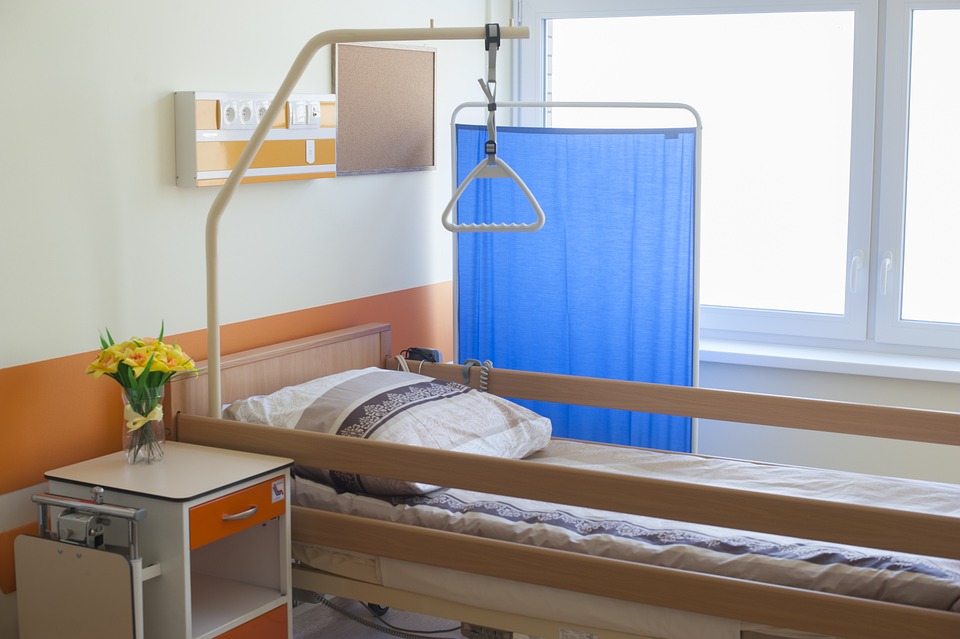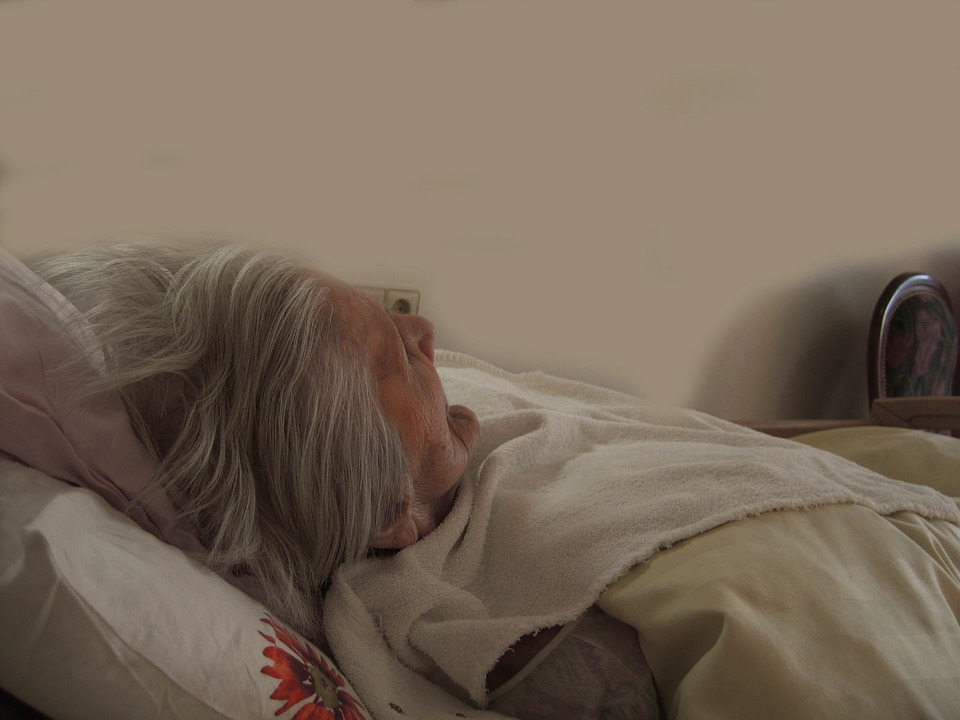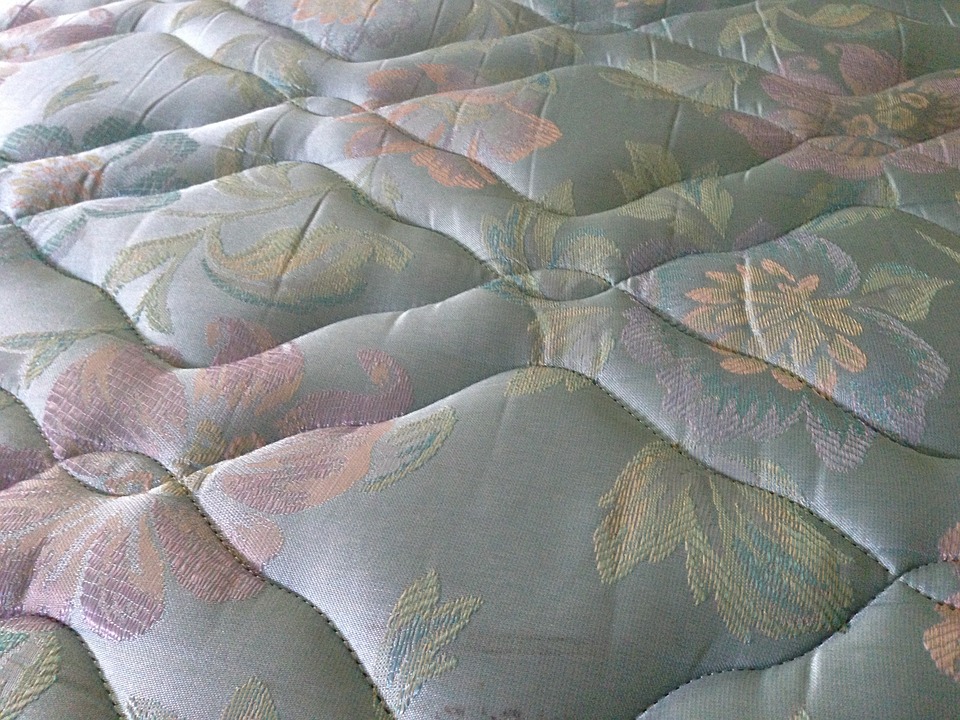As we grow older, our bodies start to lose their strength, balance, and agility. This can make certain everyday activities, like getting in and out of bed, tricky and risky. Bed Rails for Seniors are a simple yet effective solution that can help seniors sleep safely and independently.
Bed Rails for Seniors come in different shapes, sizes, and materials, depending on individual needs and preferences. Some bed rails are designed to attach to the bed frame, while others are freestanding, adjustable, or foldable for easy storage and transport. The most common materials for bed rails are metal, plastic, and wood, although some models feature padded covers or non-slip grips for extra comfort and safety.
The primary purpose of Bed Rails for Seniors is to prevent falls and accidents during the night, when seniors may experience dizziness, disorientation, or muscle weakness. Bed rails can provide a stable support for seniors to grab onto when they need to stand up, sit down, or shift positions on the bed. Bed rails can also act as a barrier to keep seniors from rolling or sliding out of the bed, especially if they have mobility or balance issues.
Many Bed Rails for Seniors are also designed with additional features that enhance their functionality and convenience. For example, some bed rails have built-in pouches or pockets for storing personal items such as glasses, books, or phones. Others have LED lights or alarms that signal when the bed rail is in use or if the senior is getting up in the middle of the night. Some bed rails even have built-in trays or tables for eating, reading, or working in bed.
Choosing the right Bed Rail for Seniors depends on several factors, such as the senior’s height, weight, mobility, health condition, and personal preferences. It is important to consult with a healthcare provider or an occupational therapist to assess the senior’s needs and recommend a suitable bed rail. Some bed rails may interfere with medical devices such as oxygen tanks or CPAP machines, so it is essential to check for compatibility before purchasing or installing the bed rail.
Installing Bed Rails for Seniors is usually straightforward and can be done by following the manufacturer’s instructions or consulting with a professional. Bed rails should be securely fastened to the bed frame or base, without any sharp edges or protruding parts that may cause injury. Bed rails should also be placed at the right height and distance from the mattress, to ensure a comfortable and effective grip.
One common concern about Bed Rails for Seniors is the risk of entrapment or strangulation, especially for seniors with dementia, confusion, or restless behavior. To address this concern, the Consumer Product Safety Commission CPSC has developed guidelines and standards for bed rails safety, which include testing the bed rails’ gaps, openings, and protrusions, as well as educating consumers on the proper use and maintenance of bed rails.
Bed Rails for Seniors are a valuable asset for seniors who want to maintain their independence, safety, and comfort while sleeping. Bed rails can offer peace of mind to caregivers and family members who want to prevent falls and injuries. Bed rails can also reduce the risk of hospitalization or long-term care, which can be costly and disruptive for seniors. Investing in a good quality Bed Rail for Seniors is a smart and caring choice that can improve the quality of life for older adults.






